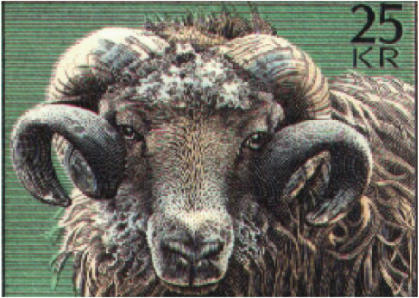The Economist thinks that India is being threatened by religious violence and by reading the article it seems like the editors of the clueless Economist seem to have forgotten what religious violence is.
Saint Paul (CE. c 5 – c. 67) started out by persecuting the followers of Jesus, but later underwent a spiritual transformation and became a zealous missionary of Jewish Christianity. As the number of Christians increased, Romans thought of them as subversives who did not preach allegiance to Rome. To stamp out Christianity, the Roman emperors resorted to persecution and Christians were imprisoned, beaten, starved, burned alive and torn apart by wild beasts for amusement. By 392 C.E., Christianity became the state religion of Rome and the worship of pagan gods was made illegal.
With Christians in power, the target of persecution became Jews and unorthodox Christians as well. Christianity, since it claimed to posses an exclusive right to salvation, felt the need to cleanse the society of false gods and beliefs. Thus mobs driven by fanatic clergy threw non-Christian writings into fire, destroyed pagan altars and passed decrees calling for the imprisoning, torturing and executing followers of pagan cults. Jews, pagans and heretics were identified with Satan and Christians showed considerable hostility towards them.
The anti-Judaism came from the refusal of Jews to accept Jesus and the polemics of the Jewish establishment against the followers of Jesus. Origen (c. 185 – c. 251), and John Chrysostom with their writing helped in maintaining the hatred. Oh, then there were the Crusades where people of one book fought people of another book. During the First Crusade zealous crusaders argued that they had to get rid of the enemies in the midst as well and slaughtered Jews in French and German towns. In 1290 Jews were expelled from England, in 1306 from France and between 1290 and 1293 from southern Italy. Between 1348 – 49, during the time of Black Death, Jews were accused of poisoning the well water and were killed in many towns. With the arrival of Islam, Christians and Jews living in Islamic lands had to accept subordinate status and were required to wear special clothing as a sign of humiliation, but Jews were much safer in Muslim lands than Christian ones.
The violence was not just against other religions, but also against members of sects within the same religion. In the Council of Nicea an important controversy was the relation between God and Christ. Followers of Arius (250 – 336 CE) denied complete divinity to Christ and claimed that Father alone was eternal and truly God. The council condemned Arius and ruled that God and Christ were of the same substance, coequal and co-eternal. Arianism eventually died out, helped by persecution. In the Middle Ages one of the most radical heresy to confront the church was the Cathari. The Cathari did not believe that Jesus took human form, died on the cross or resurrected. Pope Innocent III asked the kings and lords to exterminate Catharism with the sword and the Dominican and Franciscan inquisitors completed that task.
While these are historical tales, there are examples of religious wars among various sects in Ireland and Pakistan even in the 21st century. Religious violence in Western civilization resulted in wiping out certain communities from the face of the earth, like pagans, Arians, and Cathari. There is communal violence in India, but it is no where near the religious violence that Western Civilization has unleashed in this world. Hence these words should be used cautiously and not carelessly like the way Manmohan Singh uses the word Holocaust; unless of course the intent is mischief.
See Also: The Clueless Economist
